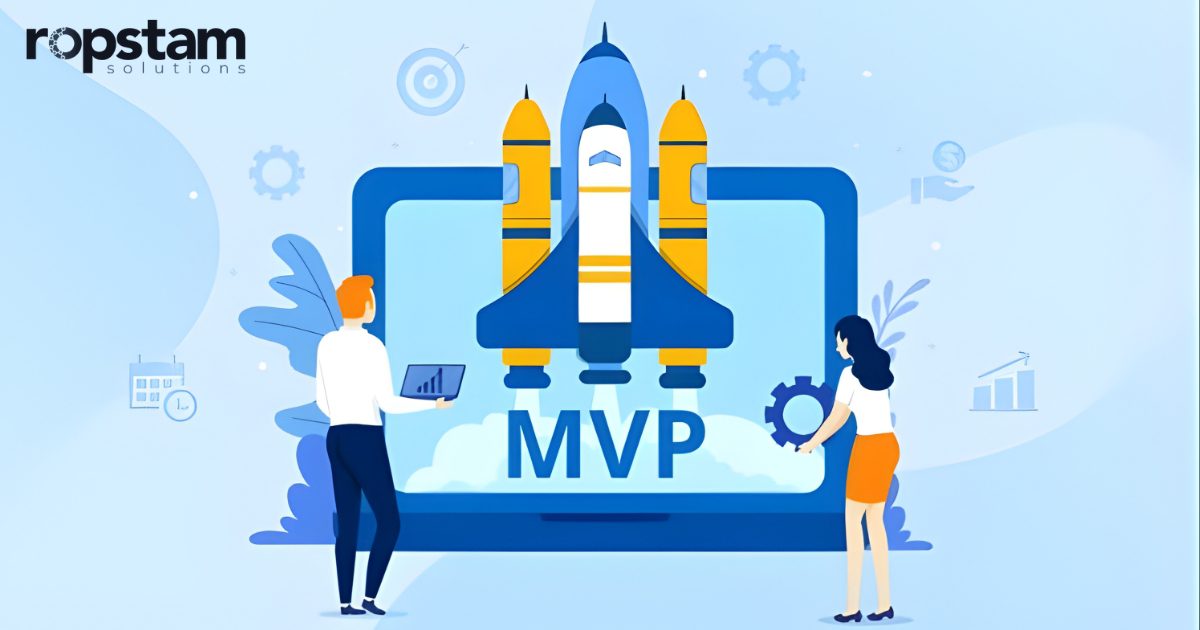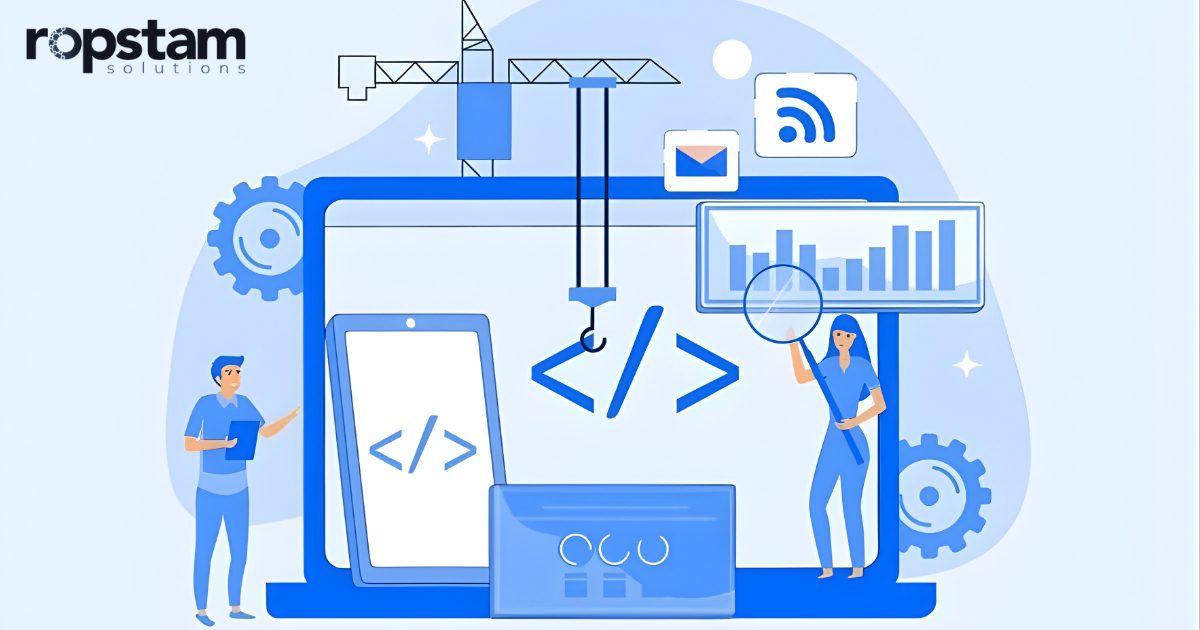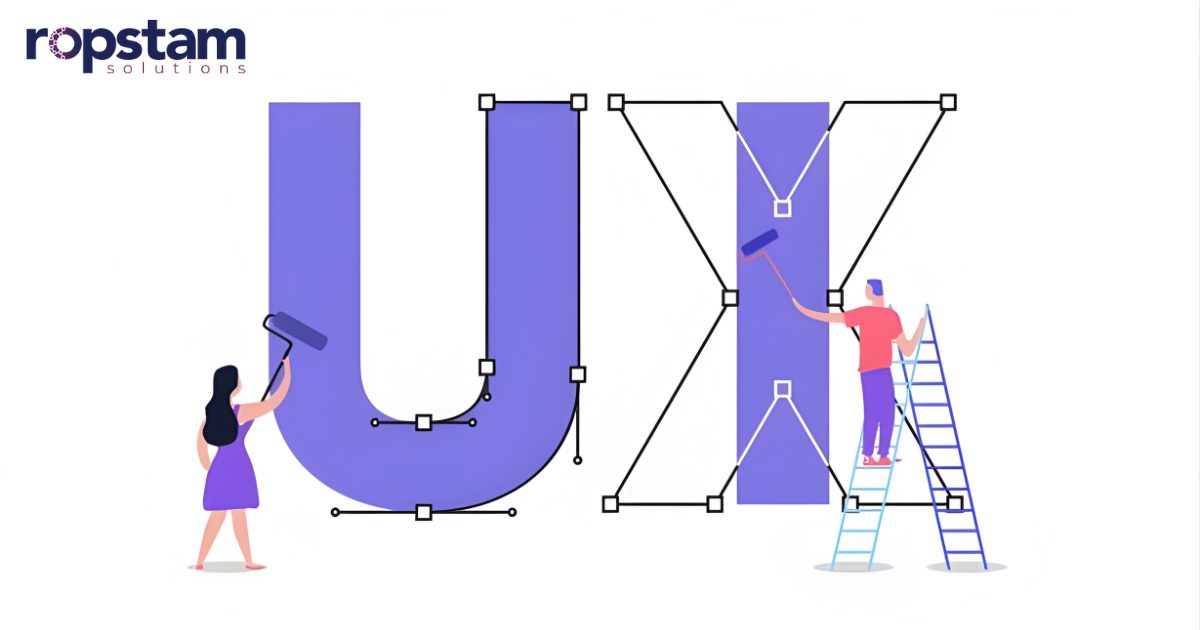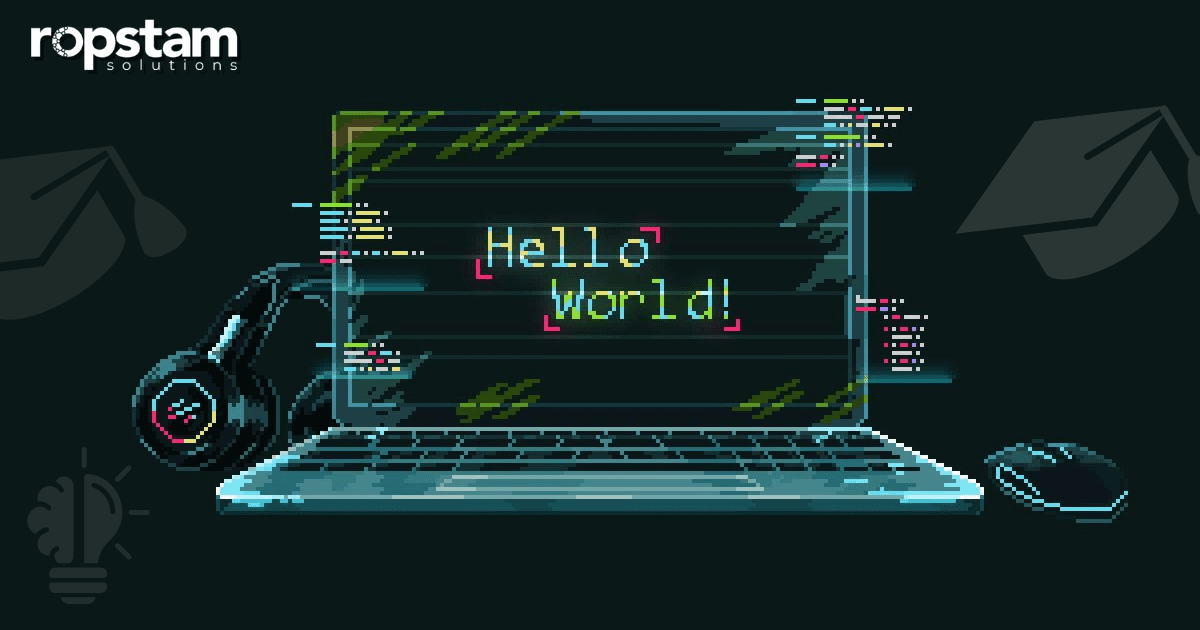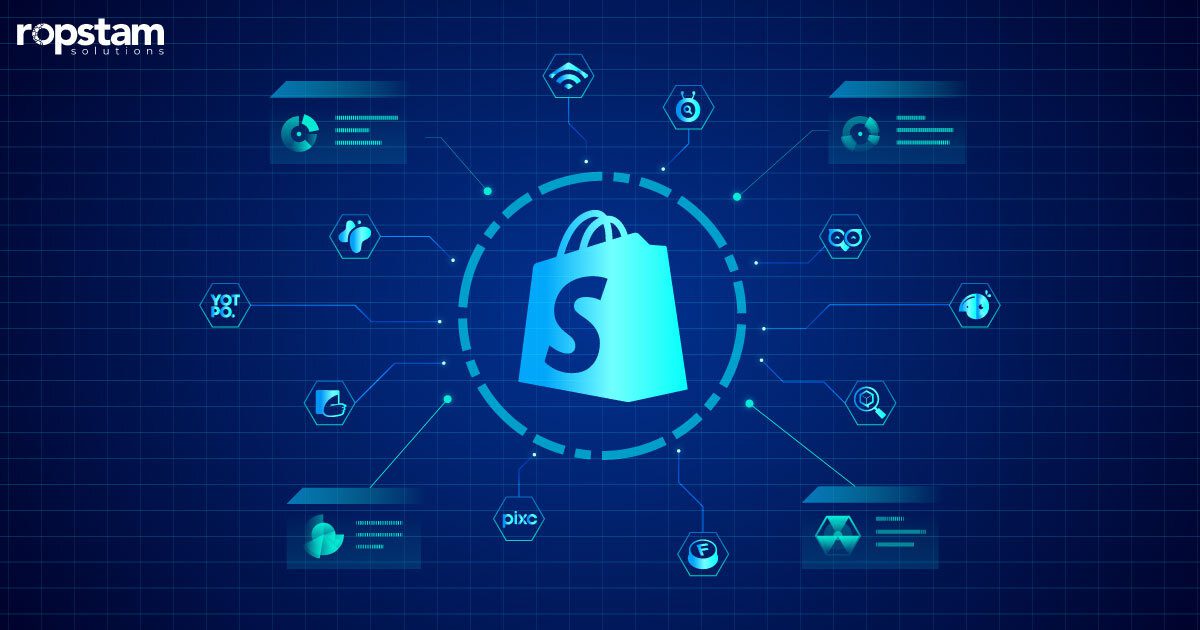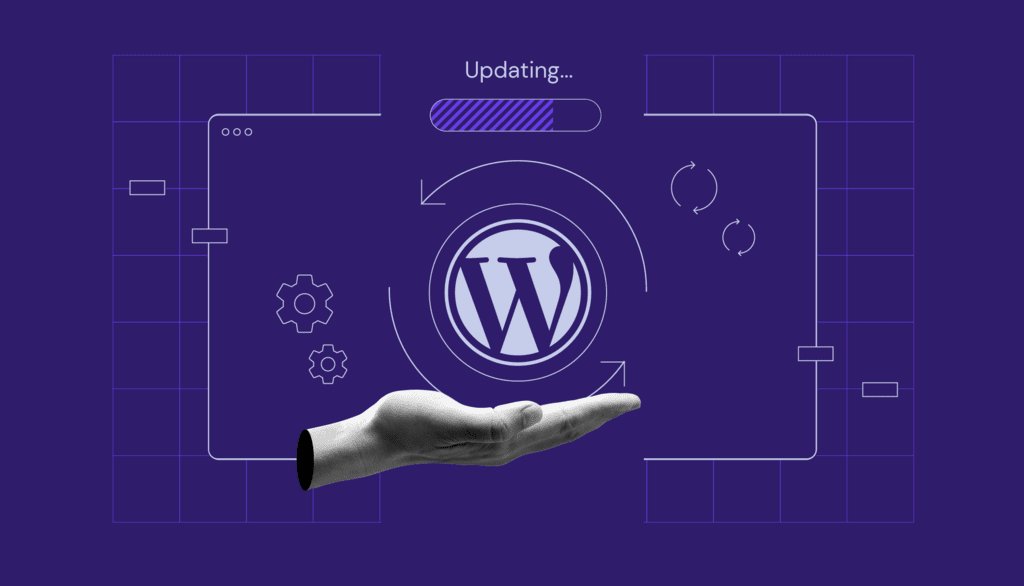Digital products must serve millions of users in real-time, and scalability is no longer optional—it’s a necessity. From startups with rapid growth potential to enterprise-level systems with complex workflows, scalability ensures a web application can maintain high performance and availability under increasing load. Django, a high-level Python web framework, is well-suited for this challenge. With its modular architecture, robust middleware support, and growing ecosystem of extensions, Django enables developers to build scalable web applications from the ground up. This article will explore how Django empowers teams to create scalable applications, covering its core features, optimization practices, and complementary tools.
What Makes a Web Application Scalable?
Scalability refers to an application’s ability to handle growth, whether it’s a sudden surge in users, application current requests, or an exponential increase in stored data. A scalable web application ensures consistent performance despite traffic or user demand fluctuations.
Scalable applications rely on efficient resource allocation, non-blocking operations, optimized database interactions, and distributed infrastructure. They are designed to grow with the business and maintain low latency while ensuring high availability. Achieving this involves smart architectural decisions, such as separating concerns, asynchronous processing, caching layers, and deployment automation.
Why Choose Django for Scalable Web Applications?
Django is a robust framework because it encourages clean, pragmatic design and rapid development. It comes with a wide range of built-in features such as URL routing, authentication, ORM (Object-Relational Mapping), admin panel, and more, all of which reduce development time while enforcing best practices.
One reason Django is ideal for scalability is its adherence to the “Don’t Repeat Yourself” (DRY) and “Loose Coupling” principles. This modularity makes it easy to “Don’t extend or replace” the component as needed. Dj” NGO also supports integration with modern front-end frameworks and third-party tools, allowing teams to adopt microservices or service-oriented architectures when scaling horizontally.
Moreover, Django is backed by a vibrant community, frequent updates, and thorough documentation. These factors ensure long-term maintainability and adaptability, which are crucial for scalability.
Key Components in Django That Support Scalability
Django’s scalability begins with its architecture. The Model-View-Template (MVT) pattern separates data handling, business logic, and presentation. This separation improves maintainability and makes it easier to independently scale specific parts of the application.
The Django ORM abstracts away complex SQL queries, making it easier to work with databases. Middleware layers help manage request/response cycles effectively, and signal dispatchers allow different parts of the application to communicate asynchronously when needed.
Moreover, Django supports integration with advanced backend services like Redis, Celery, RabbitMQ, and more. This makes introducing non-blocking behavior, distributing tasks, and caching content intelligently easier.
Django ORM Optimization
While Django’s ORM simplifies database interactions, poor usage can become a bottleneck when dealing with large datasets or high-frequency requests. Optimizing Django ORM queries is critical to maintain scalability.
The key to ORM optimization lies in understanding lazy loading and using methods like select_related() and prefetch_related() to reduce redundant queries. For instance, without optimization, a loop that queries related models can result in dozens of unnecessary database hits. Proper query planning, indexing, and avoiding the infamous “N+1 query problem” are essential.
Additionally, limiting the number of objects retrieved, using “ing only () and .” refer (), and caching query sets where possible can significantly enhance performance. Developers should also profile and monitor their queries regularly to avoid hidden inefficiencies in production environments.
Asynchronous Support with Django 3.1+
Django introduced native asynchronous support in version 3.1, implementing asynchronous views, middleware, and the ASGI (Asynchronous Server Gateway Interface) specification. This marked a significant shift, enabling Django to handle concurrent requests more efficiently without relying solely on traditional multi-threading or process-based techniques.
With asynchronous views, developers can execute I/O-bound operations like API calls, file access, or database queries without blocking the event loop. This increases the throughput of web applications, especially those that require real-time data handling or interact with multiple microservices.
Furthermore, by deploying Django with ASGI servers like Daphne or Uvicorn, applications can take full advantage of asynchronous features while retaining backward compatibility with synchronous components.
Caching Mechanisms
Caching is one of the most effective ways to enhance the scalability of a Django application. By storing frequently accessed data in memory, caching reduces the load on databases and application servers, resulting in faster response times and improved user experience.
Django supports various caching strategies, including per-view, template fragment, and low-level caching. The framework also integrates seamlessly with caching backends like Memcached and Redis, which are highly performant and support distributed caching for larger systems.
In addition to application-level caching, query and static file caching play significant roles. For instance, CDN (Content Delivery Network) caching for static assets like images, JavaScript, and CSS reduces the load on origin servers and improves page load speed for users worldwide.
Load Balancing and Deployment with Django
Django applications can be scaled horizontally on multiple servers behind a load balancer. Load balancing distributes incoming requests across available server nodes, ensuring no single machine becomes a point of failure or performance bottleneck.
Popular load balancers like NGINX, HAProxy, and cloud-based solutions from AWS or Azure allow fine-grained control over traffic routing, health checks, and failover mechanisms. When combined with auto-scaling and containerization tools like Docker and Kubernetes, Django applications can dynamically adjust resources based on demand.
Django also supports WSGI and ASGI deployment interfaces, which can be used with Gunicorn, Uvicorn, or Daphne servers, depending on the desired concurrency model. Proper configuration of web servers, worker processes, and background jobs ensures the deployment architecture is resilient and scalable.
Challenges and How Django Addresses Them
Building a scalable application with any framework presents particular challenges. For Django, these often include database bottlenecks, synchronous I/O limitations, and architectural rigidity in monolithic projects. However, Django offers solutions and workarounds for each.
For instance, long-running tasks can be offloaded using task queues like Celery, eliminating the risk of timeouts. The introduction of asynchronous capabilities mitigates the blocking nature of traditional Django views. And although Django is typically used in monolithic applications, it can be modularized through apps and integrated into microservices when necessary.
Another challenge is ensuring consistent performance during deployment. Django’s settings management, environment-based configuration, and compatibility with deployment tools help with this. The ability to adapt Django for containerized or serverless environments ensures flexibility for modern deployment needs.
Tools and Extensions That Improve Django Scalability
Django’s ecosystem includes several tools that are purpose-built to enhance scalability.
OCelery is an essential component of Django. It is a distributed task queue that works well with Django to handle asynchronous tasks such as email sending, report generation, or database cleanup. Celery integrates easily with Redis or RabbitMQ as a message broker and supports retries, scheduling, and monitoring through Flower.
Another powerful component is Django Channels, which extends Django to support WebSockets and background protocols. This enables real-time features like chat applications, live notifications, or collaborative tools while maintaining Django’s standard development patterns.
Tools like Django Debug Toolbar, New Relic, or Sentry provide insights into bottlenecks, database queries, and errors for monitoring and performance tuning. They help developers identify issues early and optimize accordingly.
Database scalability can be enhanced with tools like PgBouncer for PostgreSQL connection pooling and Django Database Router for managing read-replica setups. These tools allow applications to direct read-heavy traffic to replicas while preserving write integrity.
Django Channels for WebSockets
Traditionally, Django has operated synchronously using the WSGI protocol. However, real-time applications such as messaging platforms or live dashboards require WebSocket support, which isn’t natively compatible with WSGI.
Django Channels bridges this gap by implementing the ASGI protocol, allowing Django to handle protocols like HTTP2, WebSocket, and MQTT. Channels add an event-driven layer to the application, enabling bidirectional communication between client and server.
With Channels, developers can build interactive, real-time features using Django’s familiar patterns. It maintains routing, middleware, and authentication consistency, making it easier for Django to adopt than completely external real-time frameworks.
Celery for Task Queues
When an application requires background processing, such as sending confirmation emails, resizing uploaded images, or performing significant database updates, synchronous handling can degrade performance or cause request timeouts.
Celery is a robust, production-ready task queue solution that works seamlessly with Django. Tasks can be scheduled, executed asynchronously, and retried automatically if they fail. Celery supports distributed task processing, allowing applications to scale job execution across multiple workers.
With message brokers like Redis or RabbitMQ, Celery ensures that heavy tasks do not block the main application thread. It also supports periodic tasks via Celery Beat, which is helpful for cron-like operations.
Conclusion
Scalability is not an afterthought—it must be ingrained in the architecture of any modern web application. With its rich feature set and extensibility, Django offers a reliable framework for building applications that can grow with user demand.
From ORM optimizations and caching strategies to asynchronous views and distributed task queues, Django provides the tools and patterns necessary to ensure your web application remains fast, stable, and responsive under load. By leveraging Django’s strengths and combining them with the proper deployment strategies and performance monitoring, Django developers can confidently scale their applications to meet current and future demands.
Whether you’re building the next social platform, an enterprise dashboard, or a real-time collaborative tool, Djayou’s has the depth and flexibility to support your scalability goals.


